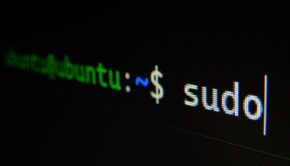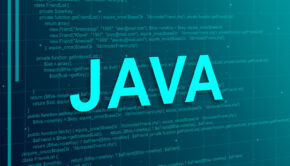How To Choose a Coding Class for Your Child: What To Consider
Does your child love coding?
Finding the right coding for kids can impact their learning experience and future potential. But with so many options available, how do you know which coding class is the right fit?
In here, you’ll learn the factors you need to consider when selecting a coding class for your little one. From the curriculum and teaching style to the instructor’s qualifications, we will help you make an informed decision.
INDEX
What to Consider When Selecting a Coding Class
Age and skill level of your child
Class size and student-to-teacher ratio
Online vs. in-person coding courses
Additional Resources for Coding Education
Types of Coding Classes Kids
Coding classes for kids are designed to introduce learners to the world of programming in a fun and engaging way. The types of coding classes for kids can vary based on some factors.
Here are some common types of coding classes for kids:
- Scratch Programming. Scratch is a programming language designed for new learners. A block-based interface allows kids to create code by stacking visual blocks. This is typically suitable for kids aged 7-12.
- Python for Kids. Introduces kids to the Python programming language, which is known for its readability and simplicity. These classes may cover basic coding concepts, game development, and more. Mostly, it’s suitable for kids aged 10 and above.
- JavaScript and Web Development. Teaches kids the basics of web development using HTML, CSS, and JavaScript. They may learn to create simple websites, games, and interactive web elements. This is suited for kids aged 10 and above.
- Game Development Classes. Focuses on teaching kids how to create their own video games. Platforms and coding languages like Scratch or Python may be used. The age range may vary, but typically suitable for kids aged 10 and above.
- Robotics and Coding. Combines coding with hands-on robotics projects. Kids may use platforms and other programmable robots to learn coding concepts in a tangible way. This is suitable for various age groups, depending on the complexity of the robotics kit.
What to Consider When Selecting a Coding Class
Choosing a coding class for your child can be an important decision. Here are factors to consider when you choose a coding class for your child:
Age and skill level of your child
Different classes cater to different age groups and experience levels. That’s why it’s best to choose a course that is appropriate for your child’s interests.
Some classes may be more suitable for younger children who are just starting out. Others may be geared toward older kids with prior coding experience.
Teaching style and approach
Every child learns differently. So, it’s best to find a class that matches your child’s learning style.
Look for courses that use engaging teaching methods and provide hands-on experiences. Also, consider whether the instructor has experience working with children. Check if they have received any formal training in education or computer science.
Class size and student-to-teacher ratio
The size of the class and the student-to-teacher ratio can greatly impact your child’s learning experience.
Smaller class sizes allow for more individual attention. This enables the instructor to provide personalized guidance and support. On the other hand, larger classes may offer more opportunities for collaboration and peer learning.
Consider your child’s personality and learning preferences when deciding on the ideal class size.
Curriculum and content
Make sure the curriculum aligns with your goals for your child’s education.
Research what topics will be covered during the course. Additionally, look for courses that for students to apply their knowledge.
Cost and duration
Compare various classes’ prices and durations to determine which fits your budget and schedule.
Keep in mind that longer classes may provide more comprehensive instruction. However, it could also require a greater commitment from both you and your child.
Online vs. in-person coding courses
With the rise of online learning, there are many options for an online coding course. Online classes offer flexibility and convenience. This allows your child to learn at their own pace and from the comfort of their home.
However, in-person classes provide the benefit of face-to-face interaction with instructors and peers. This boosts a sense of community and collaboration.
Consider your child’s learning style, preferences, and availability when deciding between online and in-person coding classes.
Additional Resources for Coding Education
In addition to online coding classes, various resources and support systems are available. They help to further enhance your child’s coding education.
Online coding platforms, coding apps, and coding games can provide a fun and interactive way for your child to practice their coding skills.
Additionally, joining coding clubs, attending coding workshops, and participating in coding competitions are ideal. These provide opportunities for your child to showcase their skills.
Final Thoughts
Choosing the right online coding class for your child is important to their success in the exciting world of technology. By considering some factors, you can make a decision that aligns with your child’s interests and learning style.
Remember also to explore additional resources and support systems to further enhance your child’s coding education. With the right coding class and support, your child will be well on their way to becoming a skilled programmer. You can also embrace the countless opportunities that coding has to offer.
Cover Image by Freepik
















